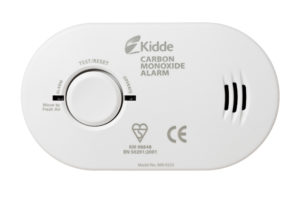If you’ve been fortunate enough, you’ve probably had your carbon monoxide detector for years and years without it ever going off.
And if you’re like most homeowners in Simcoe, Port Dover, and Tillsonburg, you only think about your CO alarm twice a year: When the clocks change and you test the batteries.
Just like many appliances, your carbon monoxide detector can lose its effectiveness as it ages.
That – among other reasons – is why you should update your current alarm with a new one from D&B ClimateCare.
1. Carbon monoxide detectors have expiry dates
Did you know that carbon monoxide alarms have a limited lifespan of approximately 6 years?
It’s true. And this information can usually be found in the instruction manual which came with your detector.
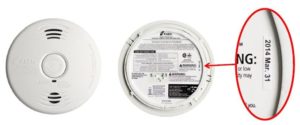
However, if you don’t have the manual with you, here’s how you can find this information:
- Remove the carbon monoxide alarm from the wall.
- Look at the back or inside the battery cover.
- You should either find an expiration date or a build date.
Should your alarm have a build date stamped on it, add 6 years to find out when it’ll expire.
Here are a few reasons why CO detectors have a limited lifespan:
- Humidity and temperature changes can impact the accuracy of the sensors inside the alarm.
- Older models with digital readouts may not display the proper CO levels in your home.
2. Testing the batteries does not guarantee your alarm works (but you should always test them anyway)
As mentioned off the top of this blog, you probably test the batteries twice per year and change them as needed.
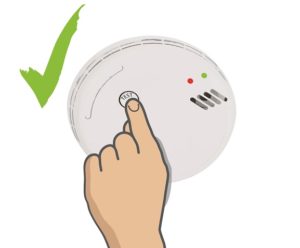
But testing your batteries does not mean your alarm is in good working order (especially if it’s older).
Pushing the test button usually checks the following elements:
- Battery.
- Horn/alarm.
- Circuits.
It does not test the gas sensing element inside the unit. The only true way to test that is to expose it to carbon monoxide.
Since compromising your indoor air quality with CO isn’t an option, your safest bet is to swap out your old alarm for a new one.
3. Your alarm tells you it needs replacing
Many carbon monoxide detectors come with an “end-of-life” feature that clearly indicates it’s time for a new alarm.
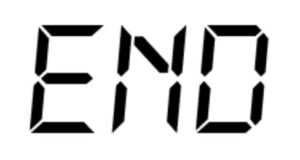
These alerts vary from alarm-to-alarm. For example, they could be:
- Persistent beeping (i.e. 2 times every 30 seconds).
- Digital display readouts (some alarms will display the word “End” when it’s no longer functional).
- After a specific time frame (such as 30 days), the “end-of-life” alarm cannot be silenced.
If your carbon monoxide detector begins to beep consistently and updates the digital display, first and foremost, confirm there is no leak inside your home.
Afterwards, check the alarm instruction manual (or look it up online) to determine if it’s time for a replacement.
How D&B ClimateCare helps
When you select a WeCare Maintenance Plan or WeCare Protection Plan for your home heating or home cooling systems, you can purchase a new carbon monoxide alarm which we’ll install for you
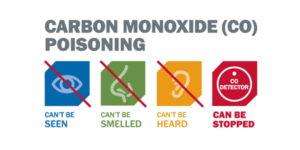
Here are some other tips to maximize the effectiveness of your CO detector:
- Place a CO detector on every floor of your home.
- Ensure alarms are installed near every sleeping area.
- Any room with a gas appliance (furnace, gas fireplace, stove, etc.) should have an alarm nearby.
- CO has the same density as air, it doesn’t rise, nor does it sink. Alarms should be placed approximately 5 feet from the ground.
More resources for you to check out:
- Learn about the Ontario carbon monoxide alarm law (PDF).
- Learn about the Hawkins-Gignac Foundation for CO awareness (video).
Contact us for more information
Carbon monoxide is known as “the silent killer.”
It’s colourless. It’s odourless. And it’s deadly.
The only way to protect you and your family from it is with a working, up-to-date carbon monoxide alarm.
Contact us with any questions you have. We’ll get back to you ASAP with the answers and information you need.

